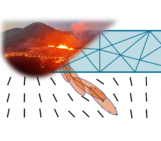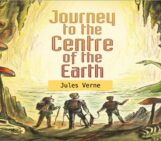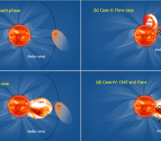
Credit: Agricultural Research Service
The first science day at Nethermod was kicked of by the crust & lithosphere modelling session, followed by the first talk in the methodological advances session. Thibault Duretz discussed how using lithospheric heterogeneities can help to form complex rifting styles without using an explicit strain weakening formulation. Switching to the subduction evolution of the Farallon plate, Claire Currie next discussed potential mechanisms to form a flat slab (or at least decrease the dip of the slab) and later remove it. She also reminded us of a truth that we’d better keep in mind for the rest of the conference:
All models are wrong, but some are useful
by the late George Box, a British statistician. Switching again to rifting processes (what a wonderful program!) Sascha Brune discussed how rifting processes can be potentially important in the global shallow carbon cycle. The last talk was given by Dave May, who talked about computational methods for two phase flow. Although a very interesting talk, Dave really got everyone excited when he showed table after table completely filled with the number 2.0, which was apparently optimal.
The discussion in the afternoon focussed on the problem of how to start your model, which was initiated (get it?) by Susanne Buiter. In the end, the main consensus seemed to be that there are two possible methods, mainly summarised by Casper Pranger: either you have a generic model for which you should determine the influence of different initial weak seeds to check how robust your model is, or you have a region-specific model for which you find the optimal initial conditions to get your desired model output. Of course, as Carolina Lithgow-Bertelloni noted, you will never know the exact initial conditions or present state of a region, so both input and output will always be inherently flawed (also see the previously mentioned quote by George Box).
Apart from this interesting discussion, we also learned what the main etiquette during a Geodynamics dinner party would be: never ever offer Laetitia Le Pourhiet potatoes, because she does not like them, although she might’ve liked them in the past. Thibault Duretz on the other hand, will feast on the potatoes and really can’t get enough of them. Although, to be fair, I’m not sure exactly what kind of potatoes he likes. Usually whenever I cook potatoes, they are not red, perfectly elliptical, on the km-scale size and/or stuck inside the lithosphere. Oh well. Each to their own.




